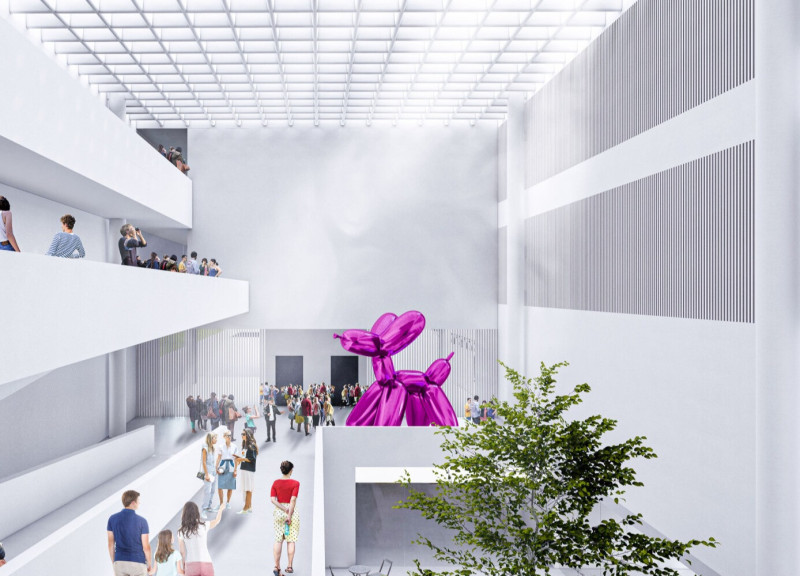5 key facts about this project
The Milan Navigli Canal project is focused on revitalizing an important urban waterway in Milan. It emphasizes pedestrian engagement while fostering a sense of community. The setting is vibrant, with a long historical connection to the city’s economy and culture. The design concept revolves around enhancing the existing environment, creating inviting public spaces, and connecting green areas along the canal.
Urban Design Framework
The primary goal is to reduce vehicle traffic along the canal to prioritize pedestrian and cyclist movement. This shift encourages safer and more accessible pathways for recreation and social interaction. The design incorporates public transportation options, aiming to enhance connectivity between the canal and surrounding neighborhoods. This focus on mobility helps to create a more welcoming urban atmosphere.
Green Infrastructure
A key feature of the project is the unification of gardens and the introduction of a commercial corridor adjacent to the canal. By connecting green spaces, the design promotes ecological sustainability while improving the area’s overall appeal. These gardens offer not only a pleasant environment but also contribute to the urban ecology, supporting local biodiversity and enhancing livability.
Cultural Center Development
At the core of the proposal is a new cultural center located at Cassina de' Pomm. This center serves as a gathering place for the community, housing "Il Museo delle Belle Arti" and providing a venue for various cultural events. The design includes an outdoor auditorium and retail areas, supporting diverse activities and attracting both residents and visitors. This central feature aims to enrich the cultural landscape of the area.
Integrated Transportation Solutions
The project includes updates to transportation infrastructure, such as tram networks, boat services, and dedicated bicycle paths. These transportation options are designed to meet mobility needs while encouraging sustainable practices. By reducing dependence on cars, foot traffic can increase, positively impacting economic activity and community interactions in the Navigli area.
The layout for "Il Museo delle Belle Arti" is thoughtfully designed to host large exhibitions while allowing flexibility for other uses. It focuses on using natural light and creating accessible spaces that enhance the visitor experience. The interior configurations prioritize connections to the outside environment, leading to a public plaza that encourages community gatherings and activities.






















































